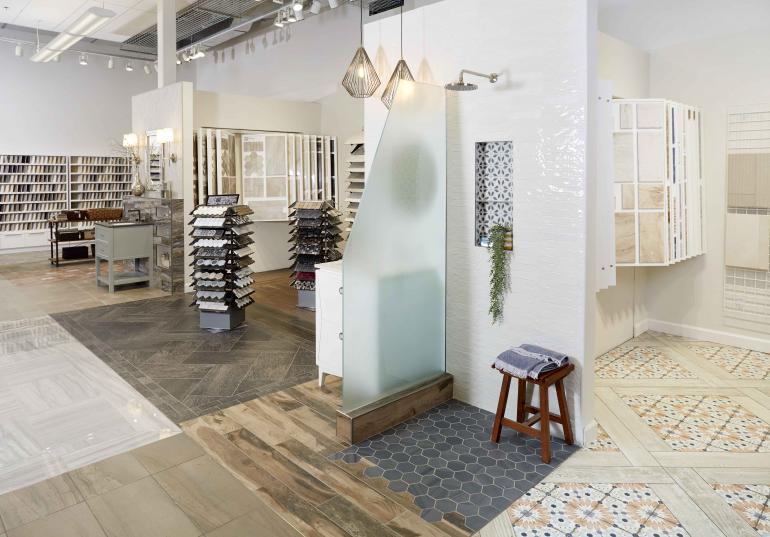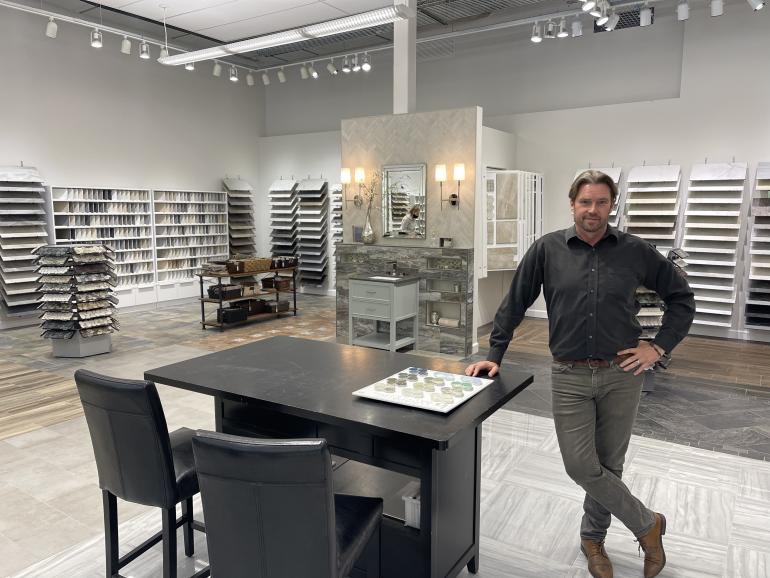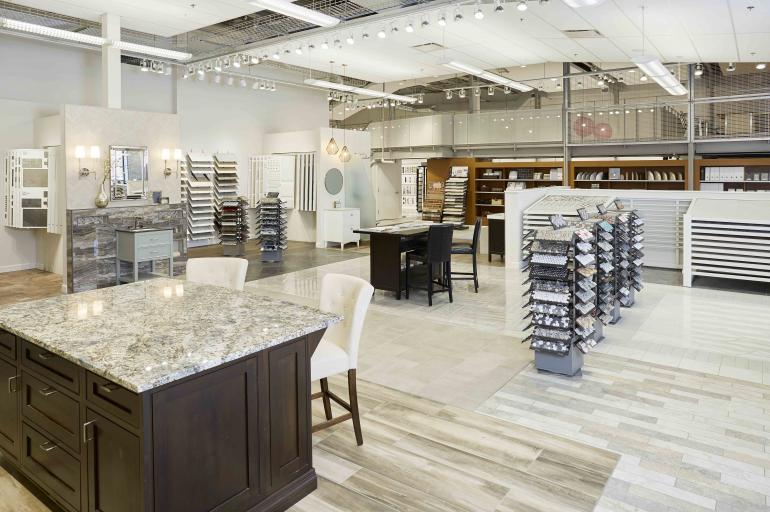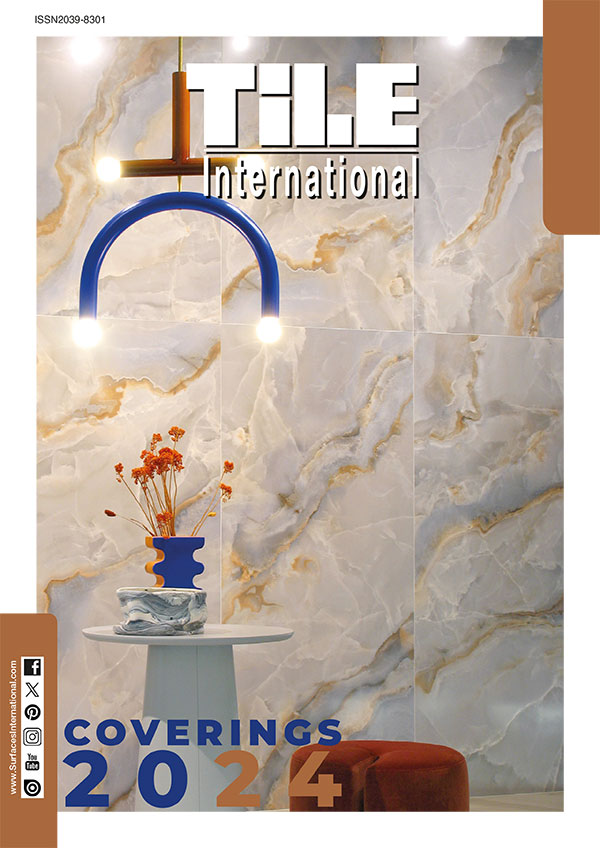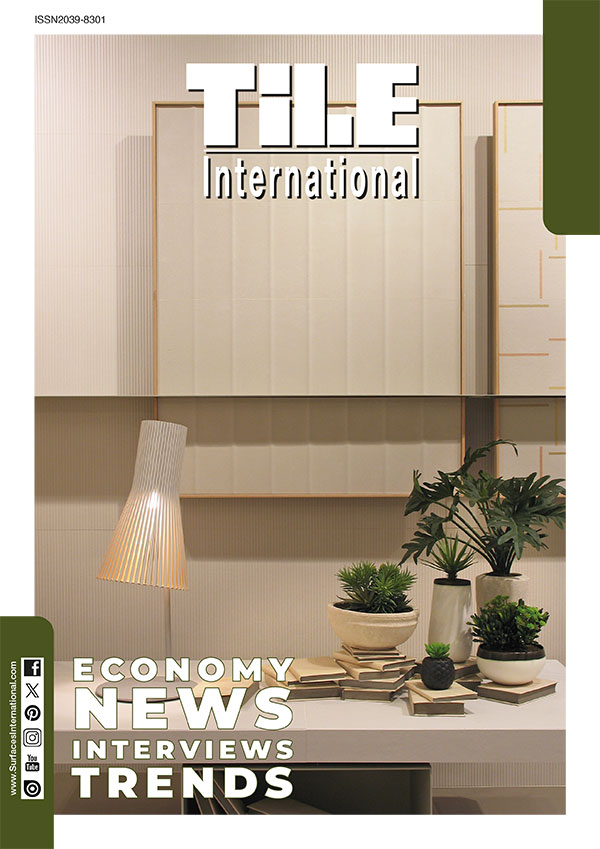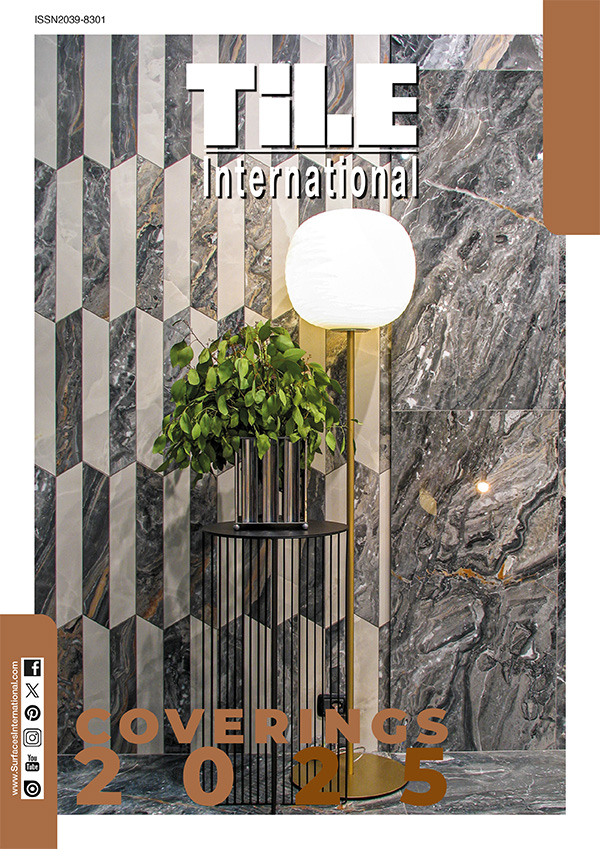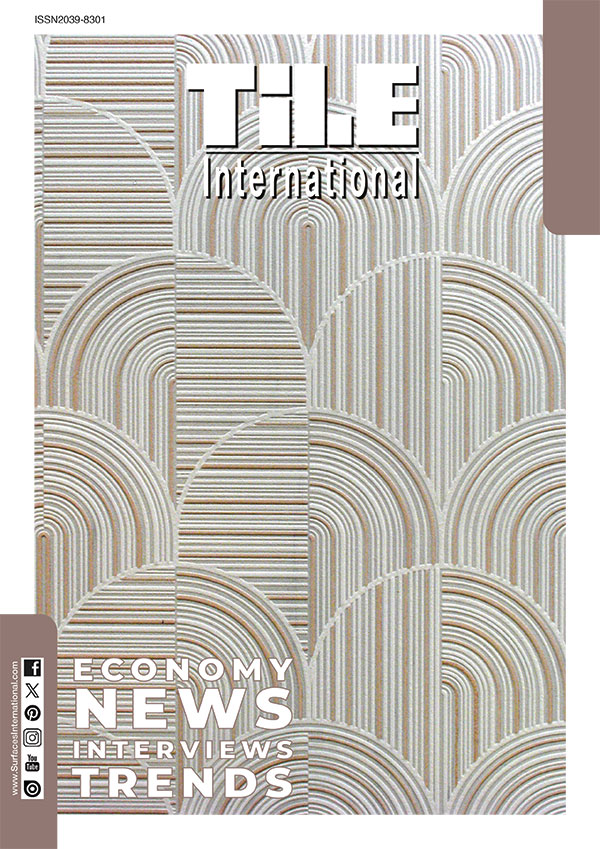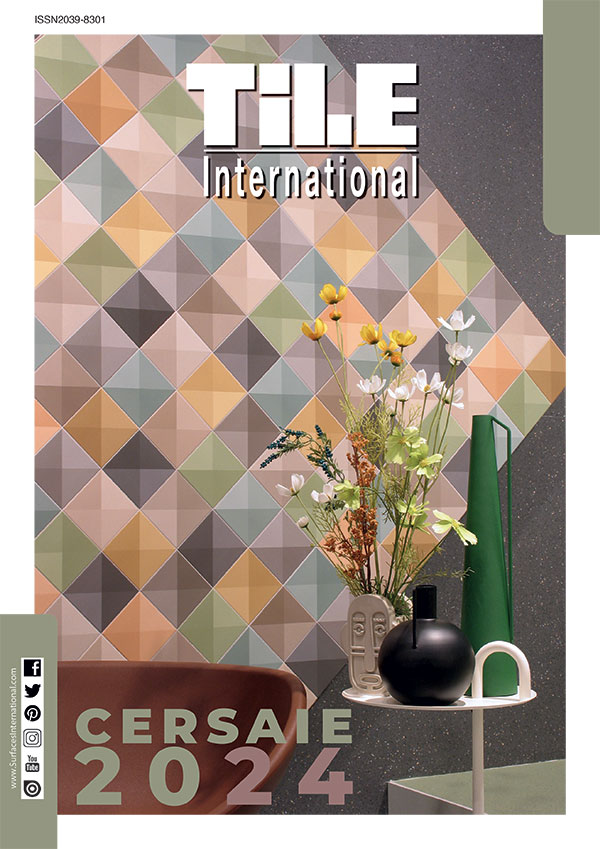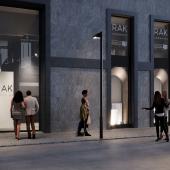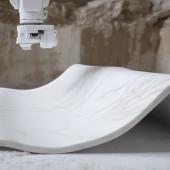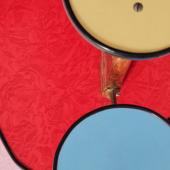Ceramic distribution in USA: Conestoga Tile’s point of view
With an experience of over 60 years in the interior finishing distribution sector, the American Conestoga Tile company aims to represent the most respected and revered tile factories in the United States, Italy and other locations around the world, supporting customers with a passionate and enthusiastic approach to consulting and sales.
A winning business attitude that is also reflected in the commitment that the company puts into working both on residential or commercial projects with homeowner, contractors, dealers, interior designers, architects or builders, focusing on providing professionalism, expertise and guidance throughout the realizations and beyond.
We talked with Mr. Steve Vogel, Conestoga Tile’s Executive Vice President, to explore behind the scenes of the distribution activity and deepen the distinctive features of the reference market.
Tile International: Where Conestoga Tile is operating mostly and which distribution and product segments is it specialized in?
Steve Vogel: Conestoga Tile services the Mid-Atlantic region of the US in Central PA, All of Maryland, Delaware, Washington, DC and Northern Virginia to Charlottesville, Virginia. From the very beginning when Conestoga Tile was founded its strength has been in ceramic tile. Certainly, natural stone has been part of product offering but our inventory profile is clearly dominated by mid to high-end porcelain floor tile and ceramic wall tile. Our customers see us as the premier supplier of these products as well as setting materials from Laticrete and Schluter and tile installation tools.
Tile International: What are your strengths, also in terms of services offered to customers?
S. Vogel: Through-out the Mid-Atlantic region we are extremely strong with the floor covering and kitchen and bath dealer market which makes up the largest portion of our sales. We’ve grown this segment of our distribution since the 1st day the company was in existance by providing professional sales people with an immence amount of tile knowledge, effective showroom marketing tools and an extremely efficient delivery system. We’re strong commercially and have a team of very talented individuals who call on the Baltimore/Washington DC and Central Pennsylvania A&D firms. By design, this segment of our business has been where we’ve found the most growth in recent years and we’re planning for more growth in the future.
In addition, we have a large customer base of contractors who are in close proximity to one of our three shworoom/warehouse branches which are hotbeds of activity and are central to the local tile installation market.
Tile International: Focusing on ceramics, what are the best-selling stylistic effects and formats for residential and commercial applications? What about the most used laying methods?
S. Vogel: 12x24 porcelain floor tile is still the most popular size we sell however tile sizes like 24x24 and 24x48 are gaining in acceptance and popularity especially in the commercial sector. For these larger sizes to be accepted residentially the home owner needs to see the tile installed to appreciate the beauty a large tile can deliver and its then that they realize the size is not as overwhelming as they thought it would be. We expect these larger format tiles to continue to gain acceptance and gain popularity as end-users get more exposure to them.
We’re selling a lot of 3x12 glazed ceramic wall tile for both bathroom installations as well as kitchen backsplashes. In addition, there seems to be a trend moving toward vintage (or distressed) looking 3x12 wall tile over a simple flat faced, solid color tile.
If there’s a specific color/design that stands out in popularity for the residential market it would be white w/grey veining marble looks. We have a large variety of marble looks and it is always interesting to me how much of the white with grey veining is being sold. Cement looks are also quite popular and in a fair amount of residential installations both cement and marble looks are being used in the same installation. In addition, we’re seeing soapstone and fossil looks gaining in popularity within our market.
In the past 12 – 24 months we’ve seen an interesting trend develop in residential installation designs where the use of a decorative mosaic or tile as an “accent strip” has lost its appeal (after decades of use) in bath/shower wall installations. Instead of the “accent strip” we’re now seeing homeowners install entire “accent walls” with use of decorative mosaics, 3D relief tiles, bold colors or geometric designs. If they don’t dedicate an entire wall to accent tile they’ll often use this accent tile in the wall niche. In my opinion this a welcomed change as it’s creating some very dramatic installations and really showcases the beauty and relevance that ceramic tile continues to have after 4000+ years.
In the commercial sector we continue to see high demand for natural stone visuals. We’re starting to see more interest beyond grey for warmer tones and bolder colors. In addition, there’s strong interest in geometric shapes and elongated planks.
Read the full interview on Tile International magazine:

